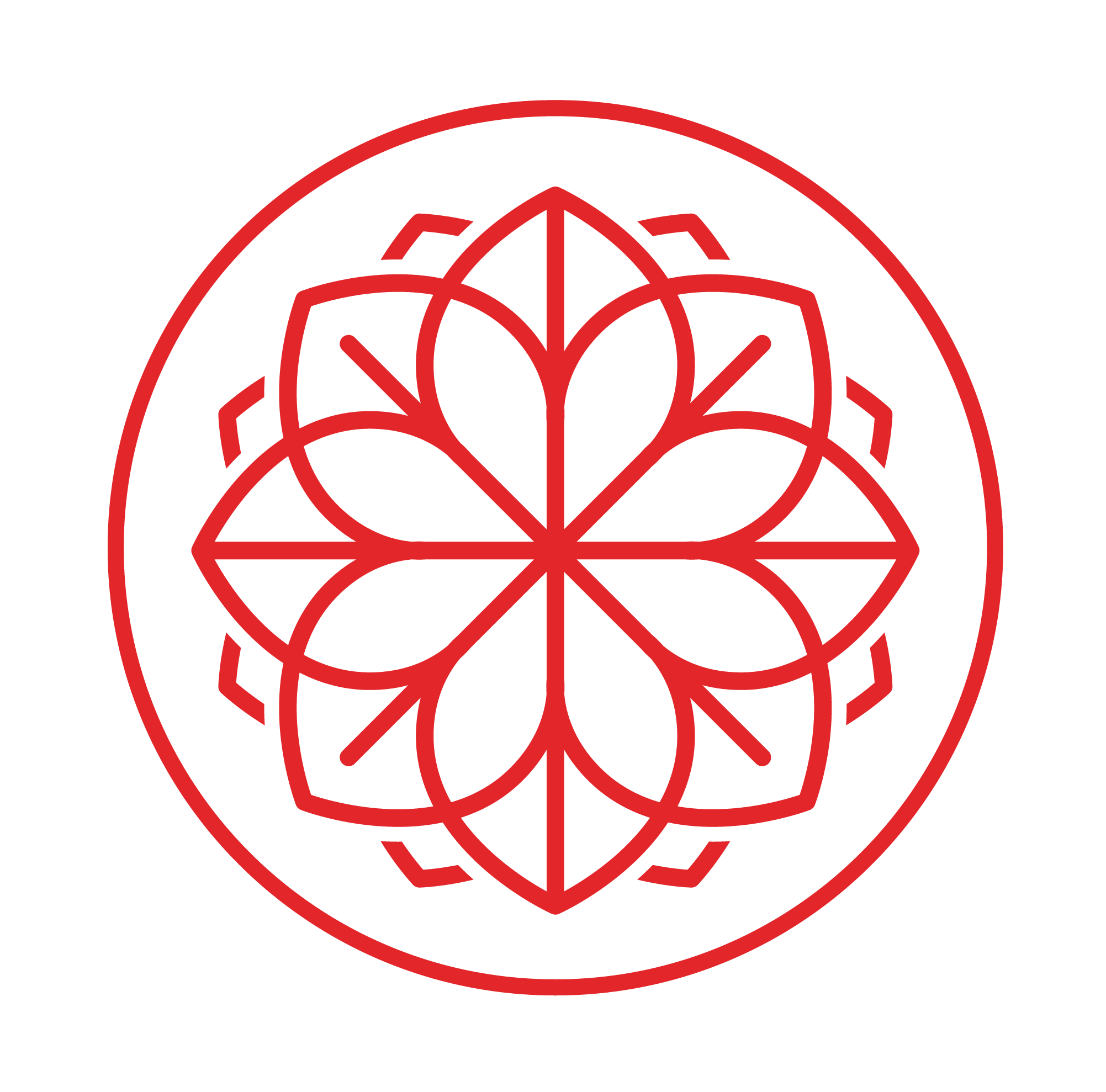Do you ever notice how easy it is to get swept up in the busyness of the day? You wake up immediately thinking about the endless number of tasks on your to-do list and go to bed feeling exhausted but nowhere near getting everything accomplished? This sense of overwhelm can really take hold and negatively impact our mood, relationships with others, and general outlook on life.
One way to feel less overwhelmed and swept up by the tasks of your day is by establishing morning and evening rituals. (If the word ritual is off-putting to you, consider these as routines or intentional actions.) Rituals are simple things you can do at the start and end of each day as a way to bring mindfulness and intention to your daily experience.
Consider starting and ending your day with gratitude. When you wake up, think about or write down in a journal three things you are grateful for. In the evening, do the same and think or write about three things that brought you a sense of gratitude throughout the day.
Many people rely on a warm beverage to get the morning started. Whether this is coffee, tea, or hot water with lemon, make a practice of mindfully enjoying your drink. Sit down at the table and observe the warm mug in your palms. Smell the aroma as you take a sip. How does it feel as you swallow? Try to focus on just the present moment and bring your attention back if you notice your mind thinking about worries or tasks of the day.
Most of us would not have productive days if we didn’t spend some time thinking about our priorities and goals. At the start of your day, write down one or two measurable, realistic goals. As you achieve them during the day, you will likely experience a sense of pride and accomplishment.
One of the most important aspects of the evening is our bedtime routines. There is so much research that highlights the benefits of turning off screens an hour before sleep, and in general, you want to give your body and mind time to wind down at the end of the day. Think about any evening rituals you’d like to incorporate--maybe a mug of herbal tea, reading from a book, reconnecting with your family, or a mindfulness activity like gentle yoga, coloring or journaling. By having an evening ritual, you can set yourself up for a good night’s sleep and a meaningful next day.
References
Ross, G. (2019). 7 Morning Rituals to Empower Your Day and Change Your Life. Retrieved from https://www.lifehack.org/articles/lifestyle/7-morning-rituals-empower-your-day-change-your-life.html
Scudamore, B. (2017). 6 Morning Rituals That Will Make You Productive All Day. Retrieved from https://www.forbes.com/sites/brianscudamore/2017/04/19/6-morning-rituals-that-will-make-you-productive-all-day/#6940efab1fab


